what are you looking for?
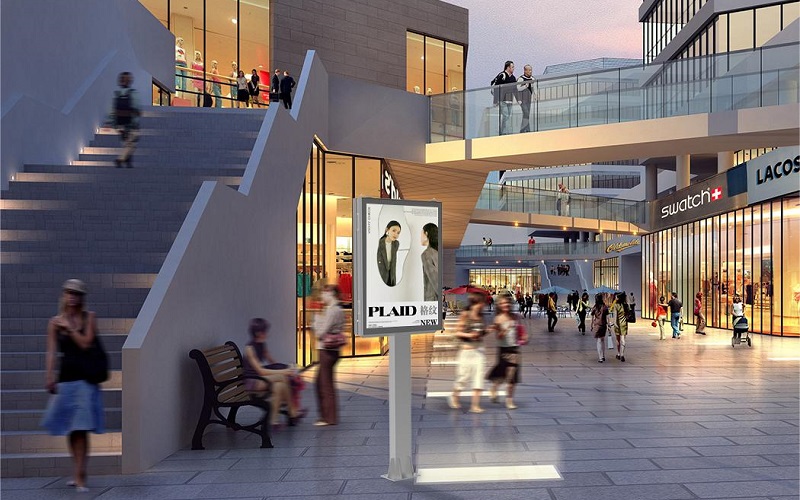 Reasons for the popularity of digital signage with LED displays
Reasons for the popularity of digital signage with LED displays
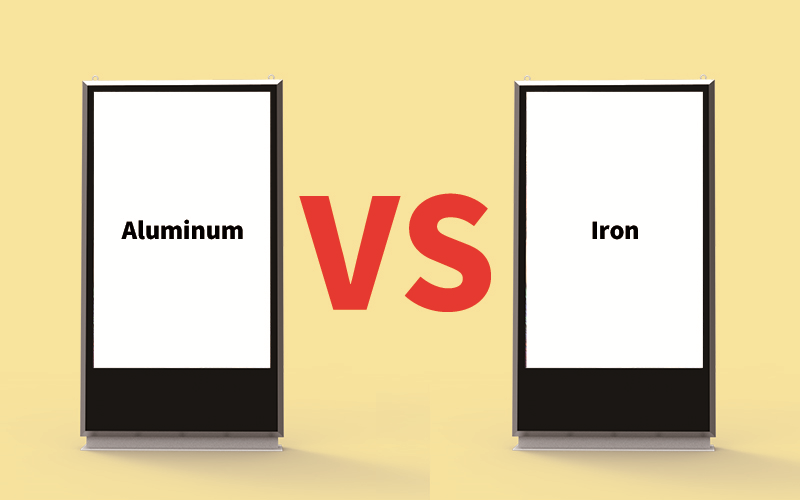 Why is aluminum the first choice for outdoor digital signage material?
Why is aluminum the first choice for outdoor digital signage material?
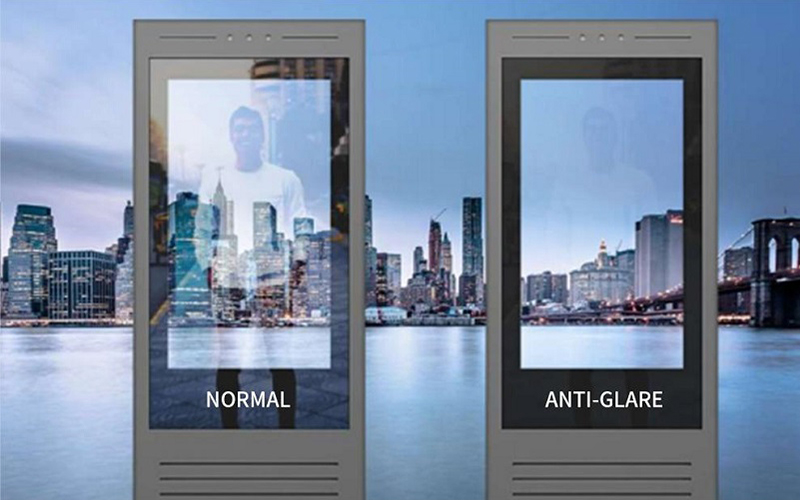 About Anti-Glare glass in LCD digital signage of CNLC DISPLAY
About Anti-Glare glass in LCD digital signage of CNLC DISPLAY
 How to achieve high brightness, waterproof and long life for outdoor digital signage
How to achieve high brightness, waterproof and long life for outdoor digital signage
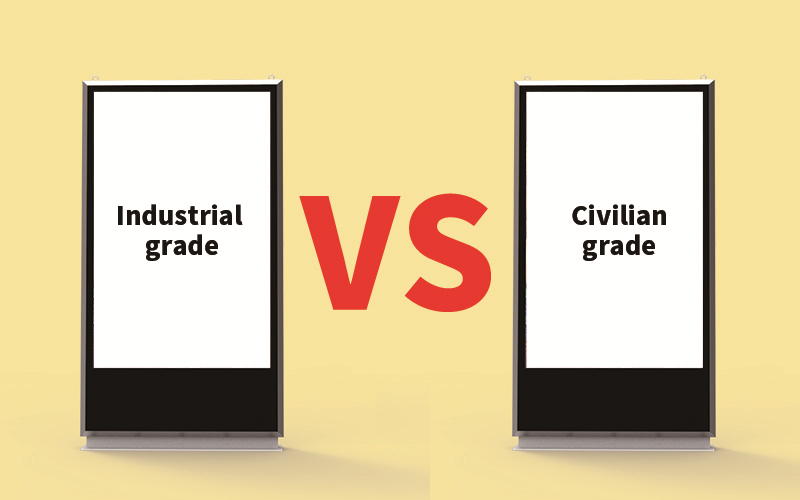 How to distinguish between industrial grade and civilian grade of outdoor digital signage
How to distinguish between industrial grade and civilian grade of outdoor digital signage
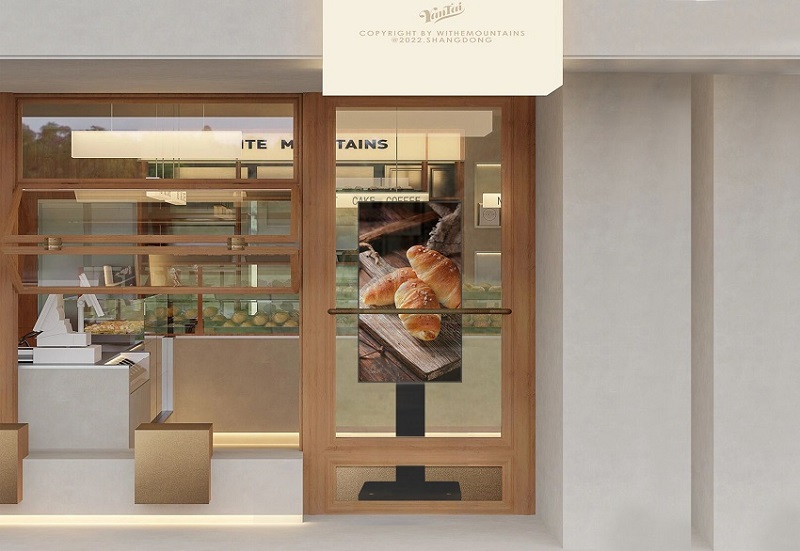 Bright window LCD display leads to bright future for retail industrial
Bright window LCD display leads to bright future for retail industrial
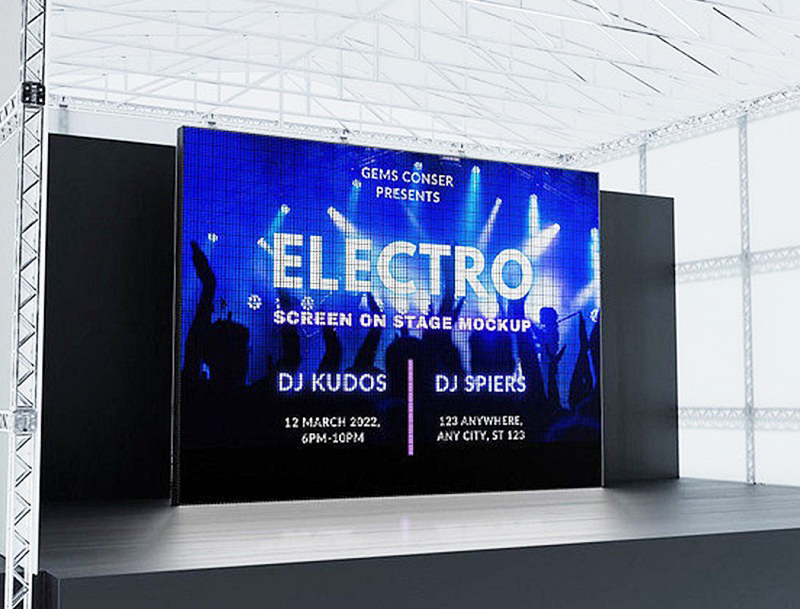 Rental LED Screens for Outdoor: Portable, Reliable and Economic Solution
Rental LED Screens for Outdoor: Portable, Reliable and Economic Solution
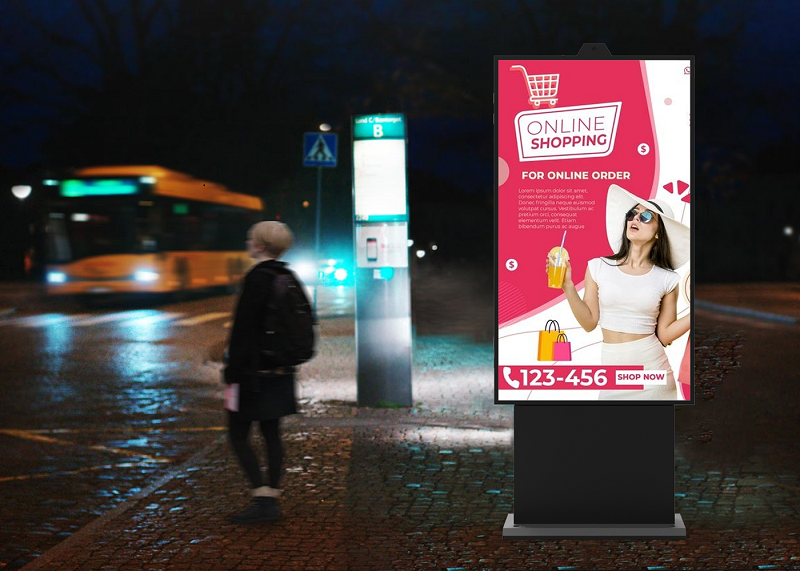 How to choose LCD or LED advertising screen
How to choose LCD or LED advertising screen
 Advantages of LCD and LED screens
Advantages of LCD and LED screens
 The Significance of Freestanding Digital Signage in Outdoor Advertising
The Significance of Freestanding Digital Signage in Outdoor Advertising

 Tel : 8618688410533
Tel : 8618688410533 Tel : 8602082332833
Tel : 8602082332833 Email : info@cnlcdisplay.com
Email : info@cnlcdisplay.com STAY CONNECTED Get our news, offers, and more...
STAY CONNECTED Get our news, offers, and more...









